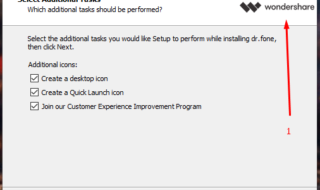The digital world brought about several convenient and seamless processes. However, this entailed the need for an online presence, whether it is for businesses who aim to grow and maintain their status for longevity, or for individuals who intend to leverage on the technical innovations for communication and collaboration. With seemingly everything available online, personal data and vulnerable information have been prone to misuse by those with malicious intentions. Thus, it is imperative for websites to have security measures that is up to standard.

There are five core functions in a website security framework that can help you determine whether your website security is up to standard and these are:
Identify
It is in this phase wherein all the assets of your website are listed and assessed. This may include web properties, web servers and infrastructure, plugins, extensions, themes, modules, as well as third-party integrations. After a proper documentation of your website assets are in place, you will be able to efficiently design strategies on how you will be able to protect each asset.
Protect
There are several preventive measures that will help protect your site from attacks. This is because cybersecurity is now considered a priority and no longer just an option in building a site. Apart from satisfying compliance requirements such as PCI or implementing access control policies, you can also activate a web application firewall. This will harden the environment that is more vulnerable to attacks.
Detect
It is in this phase wherein the constant monitoring of your website takes place. Monitoring and tracking are performed to assess the state of your website’s DNS records, SSL certificates, web server configurations, application updates, as well as user access and file integrity. There are various scanners and tools that you can utilize to detect vulnerabilities in these sectors of your site.
Respond
More often than not, your website security is up to standard if you have an action plan in place in case of a malicious attack. A proper response plan includes designating a response team who will also be responsible for the reporting of the incident for the analysis and review of the findings. A response plan should also include a strategy on how to mitigate the event.
Recover
The last phase of a website security framework is recovery planning. Your website security is up to par with the standard if you have a backup plan for several scenarios wherein the prior security measures imposed failed, such as in ransomware attacks. A recovery plan may entail the need for you to communicate with your website’s security provider in order to develop techniques on how to improve areas of vulnerabilities.

Data breach and cyber-attacks performed by hackers and spammers also levelled up as technological advancements in the digital world emerged. Thus, it is necessary for website owners to maintain security measures that are up to standards to ensure that the data and information of their users are kept safe and secure. It is in this regard that a website security framework is implemented and maintained.



